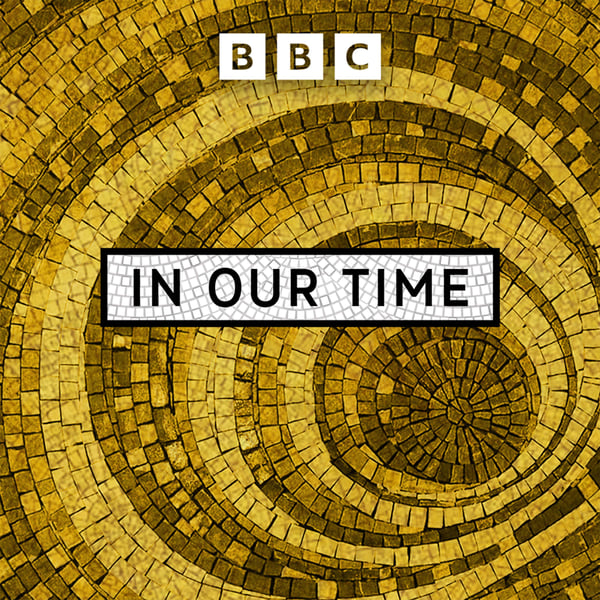The Siege of Malta, 1565
In Our Time
BBC
4.6 • 9.2K Ratings
🗓️ 11 January 2018
⏱️ 50 minutes
🧾️ Download transcript
Summary
Transcript
Click on a timestamp to play from that location
| 0:00.0 | This is the BBC. |
| 0:02.0 | Thanks for downloading this episode of In Our Time. |
| 0:05.0 | There's a reading list to go with it on our website and you can get news about our programs |
| 0:08.8 | if you follow us on Twitter at BBC In Our Time. |
| 0:12.0 | I hope you enjoyed the programs. |
| 0:14.0 | Hello, in 1565, Sultan Solomon the Magnificent, the Ottoman leader, sent a great fleet west |
| 0:19.5 | to Laceeage to Malta and capture it for his empire. |
| 0:23.0 | Victory would mean control of trade across the Mediterranean and the base for attacks on Spain, Italy and even Rome. |
| 0:29.0 | It would also mean the elimination of Malta's defenders, the Knights of Spitala, whose raids on his shipping had long been a thorn in his side. |
| 0:37.0 | News of a great siege of Malta spread fear throughout Europe. |
| 0:40.0 | Though that turned to a relation, when after four months of horrific fighting, the Ottomans withdrew. |
| 0:45.0 | The Knights of Spitala had shown that Solomon's forces could be contained and their own order was reinvigorated. |
| 0:52.0 | When we discuss the siege of Malta, 1565, Helen Nicholson, professor of medieval history at Cardiff University, |
| 0:59.0 | German McCulloch, professor of the history of the Church at the University of Oxford, and Kate Fleet, director of the Skeletus Centre for Ottoman Studies and Fellow of New and Roman College, Cambridge. |
| 1:09.0 | Kate Fleet, how had the Ottomans come to such prominence in the Mediterranean? |
| 1:14.0 | Well, of course, when the Ottomans started off, they hit the sea pretty early. |
| 1:19.0 | But after 1453, that gave them control of the straits between the Black Sea and the Mediterranean, and at that point, |
| 1:27.0 | Mehmet II started moving his navy out westwards. |
| 1:30.0 | And the reason for that advance was partly strategic, because by now the Ottomans had a lot of Mediterranean coastline, all of modern Turkey, round the corner with Greece and up into the Adriatic. |
| 1:40.0 | So part of it was strategic, part also was a desire to control trade routes and also to conquer areas that had economically important. |
| 1:49.0 | So Mehmet II had this drive and certainly desired to move westwards across the Mediterranean. |
| 1:54.0 | He defeated the Venetians and took over various territory, from including Negroponte, where one of the Ottoman sources says that the fighting between Muslims, it was so close that Muslims and Infotools were hair to hair and beard to beard. |
... |
Please login to see the full transcript.
Disclaimer: The podcast and artwork embedded on this page are from BBC, and are the property of its owner and not affiliated with or endorsed by Tapesearch.
Generated transcripts are the property of BBC and are distributed freely under the Fair Use doctrine. Transcripts generated by Tapesearch are not guaranteed to be accurate.
Copyright © Tapesearch 2025.

